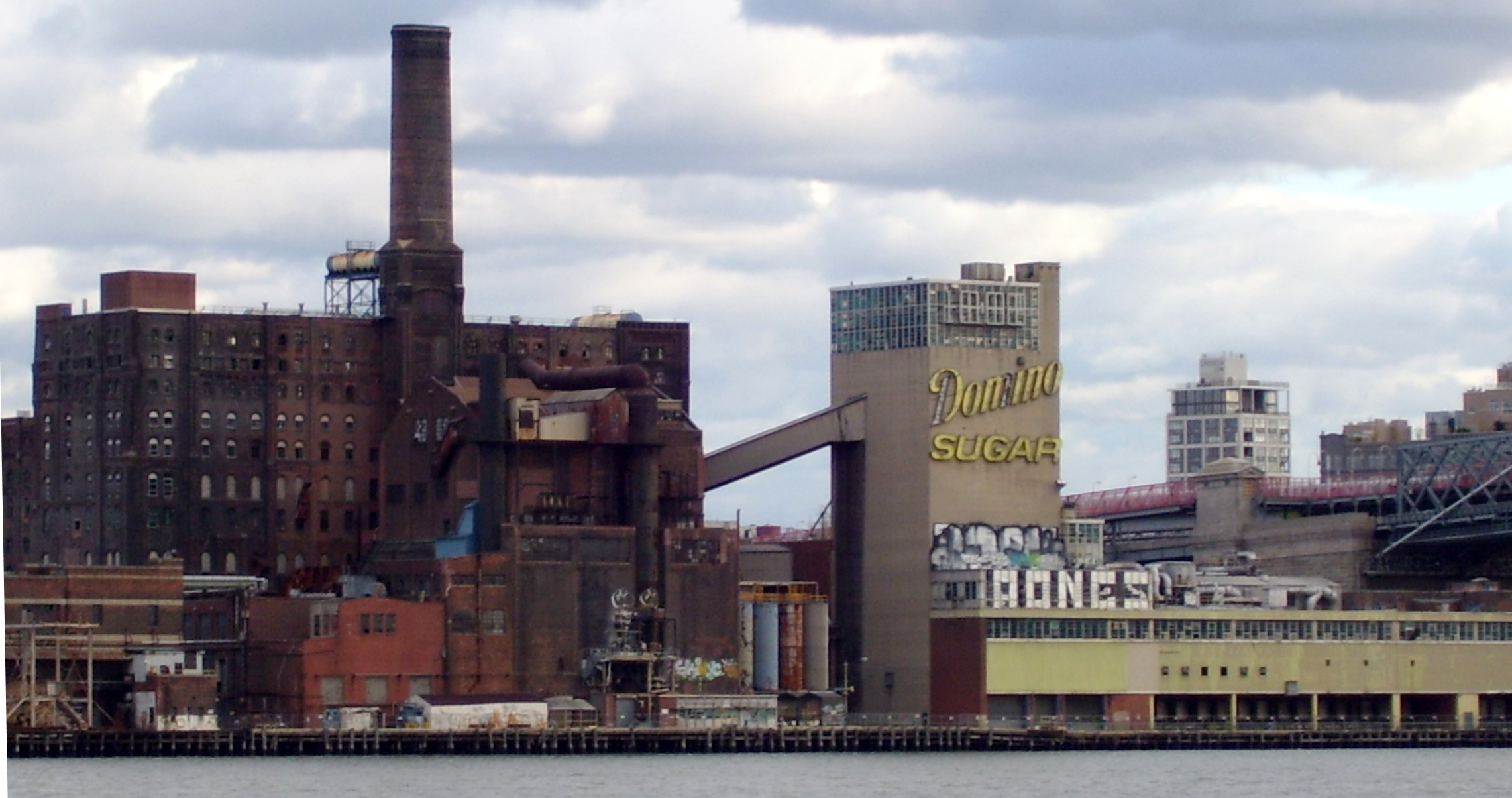By: Maria Coler
Across the country, in distressed urban centers, hundreds of thousands of industrial sites have been left lying fallow. These properties, known as brownfields, embody the story of America’s twentieth-century industrial might and bear the mark of that period’s unenlightened practices. Their closing and subsequent abandonment culminated in the loss of well-paying manufacturing jobs, the creation of urban blight and the legacy of environmental contamination.

Brownfields comprise a subset of real property depressed in value by environmental stigma. The U.S. Environmental Protection Agency (EPA) defines brownfields as “real property, the expansion, redevelopment, or reuse of which may be complicated by the presence or potential presence of a hazardous substance, pollutant or waste.” Over the past few decades, an entire industry has emerged to deal with the technical and physical challenges posed by these sites: hundreds of small- and medium-sized environmental consulting firms have sprung up across the country; several large consulting firms have gone public; large engineering firms have formed environmental departments; law firms have created brownfield groups; distressed investment funds have been raised to capitalize on the spread between the perceived and actual value of the environmental stigma; insurance instruments have been devised to cap cleanup costs and limit liability in complicated real-estate deals; accounting rules have been rewritten to capture environmental liabilities in business valuations and transactions; research involving innovative technologies, like nano-scale iron filings, have become the basis for new business ventures; and, finally, real-estate developers have recognized that the value of these properties in many instances outweighs the risks.
Brownfield sites are typically located at the nexus of important infrastructure, such as railways, highways and waterways. Many have been redeveloped as transit villages, replete with residential units, shopping centers and entertainment facilities. However, brownfields can fulfill a greater need– a need closer to their original purpose. These properties possess a latent value that, if unleashed, could spawn urban renewal and economic revival.
Before we can appreciate the role that brownfields can play as building blocks of a prosperous future, we must understand the part they had in contributing to America’s prominence on the world stage. These hulking vestiges of our industrial past house the public memory of our country’s precipitous rise as a manufacturing and economic powerhouse. If the walls of the old, shuttered facilities could speak, they would tell the stories of driven entrepreneurs and passionate visionaries; hard-working laborers and innovative engineers; radical shifts in modes of production with technological advances; and the unwitting and sometimes willful fouling of our land, water and air in the name of progress and profit.
If one were to mine a database of the time, place and manner in which these facilities were opened, shuttered, abandoned and reclaimed, the data would reveal nothing less than the seismic shifts in the American social, political and legal landscapes. One could chart, for example, the rise and fall of manufacturing in geographic regions from the rust belt to the sunbelt and relate these changes to demographic population shifts. The profound effects of globalization on specific manufacturing sectors could be tracked by observing trends in the timing and reasons for plant closings. The opportunities for study and illumination are seemingly endless.
Future blog posts will explore, among other topics, why research suggests that brownfields may be the missing link in the emerging green economy and one of the keys to America’s economic comeback. This comeback is being driven by the confluence of game-changing factors, such as global-market forces, technological innovations in manufacturing; the emergence of high-tech, small-batch manufacturing in the developed world; the re-population of urban centers; the reemergence of local producers of artisinal goods; the reawakening of our collective food consciousness; and the slow, but steady, emergence of the sustainable city.
Maria Coler is an environmental consultant specializing in brownfields reclamation and a student in CERC’s Certificate Program in Conservation and Environmental Sustainability.
Interested in learning more about sustainable buildings and green design and construction? CERC offers courses that explores the relationship between the built environment and its impact impact on the natural environment, human health, and the economy. For more information please visit our website.



